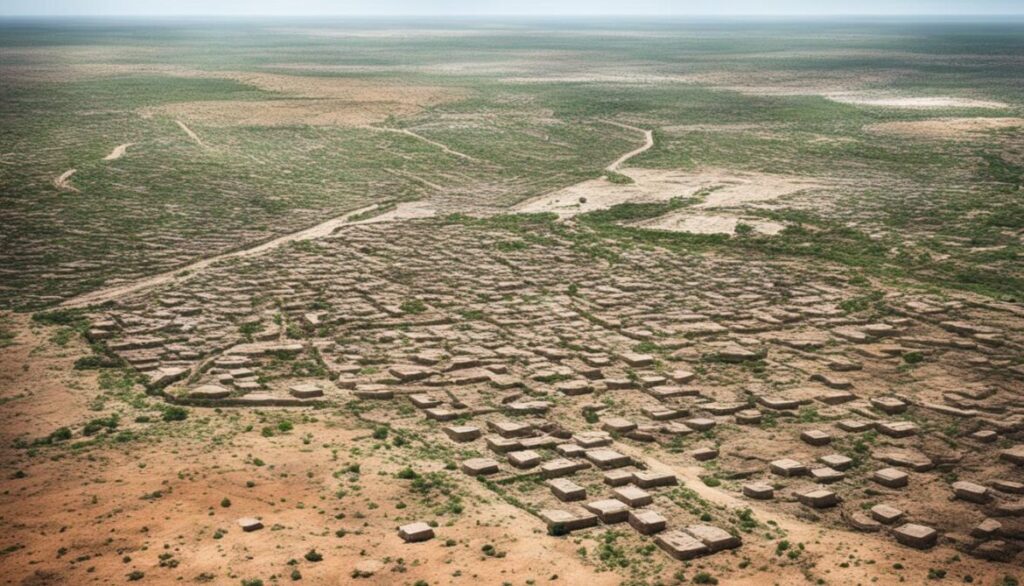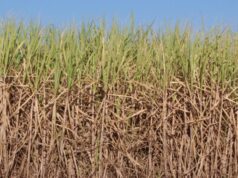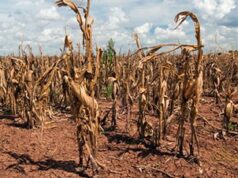This review highlights the severe climate challenges Somalia faces as a nation disproportionately impacted by climate change despite contributing almost nothing to global warming. Somalia contributes almost nothing to global warming and has been hit by unpredictable droughts and floods in recent years. People have little time to adapt as the crises are recurrent and severe. The effects of climate change in Somalia are clearly visible. Climate change has led to an increase in the frequency of extreme weather events in Somalia, such as recurrent droughts, floods and drought, which severely damage agricultural production and cause the loss of livestock, leading to acute food shortages.
Climate change and increasing variability are believed to be the main causes of conflict in Somalia and the competition for resources that is fueling the conflicts. This competition and struggle for resources leads to clan divisions and conflict within communities. Climate change has disrupted rural livelihoods and contributed to the formation of villages, forcing many people to change their livelihoods. Displacement is one of the most common threats in Somalia, leading to humanitarian crises.
The increasing frequency of droughts, floods and prolonged flooding has damaged agricultural production, led to widespread livestock losses and made Somalis food insecure. Climate-related disasters threaten Somalia’s socio-economic development and exacerbate water and food shortages, food insecurity, the need for emergency assistance, displacement, degradation and the destruction of traditional livelihoods.
- Food insecurity: Agriculture is affected by climate change. This is due to changes in rainfall patterns. Frequent droughts and floods have affected agricultural activities and their production, leading to food insecurity for the people.
2. Rangeland Degradation: One of the problems resulting from climate change is the reduced productivity of rangelands, which is currently facing Somalia.

3. Floods: Heavy rains have been affecting most of Somalia’s regional states since April 20, 2020. The worst-hit areas include the Southwest, Jubbaland, Banadir, and Puntland, and the rains have caused flash floods, with rivers bursting their banks, damaging infrastructure, roads, schools, and homes.

4. Conflict: The warming and warming of the planet and the resulting changes in the natural environment have brought many dangers to humanity. There has been increased competition and competition for resources, such as: fertile land and water sources.
Somalia is actively working to mitigate the effects of climate change, even though the country makes only a minimal contribution to global greenhouse gas emissions. The government, together with local and international organizations, is investing in climate adaptation strategies such as promoting climate-resilient agriculture, improving water conservation techniques and restoring degraded land. Community-based initiatives are being implemented to train farmers and pastoralists in climate-friendly practices. Efforts are also being made to improve disaster response mechanisms and support displaced populations with sustainable livelihoods. Despite these significant efforts, Somalia continues to face enormous challenges that require greater international support to address the crisis.
Somalia’s fight against climate change underscores the injustice faced by countries that contribute the least to global warming but bear the brunt of its devastating impacts. The country’s vulnerability is exacerbated by recurring droughts, floods and resource conflicts. While Somalia is making efforts to adapt to and combat climate change, greater global support is needed to help the country secure a sustainable future and reduce the climate risks it faces. The international community must step in and provide aid, resources and support to help Somalia combat a crisis it did not create.
Abdirizak Abdullahi













